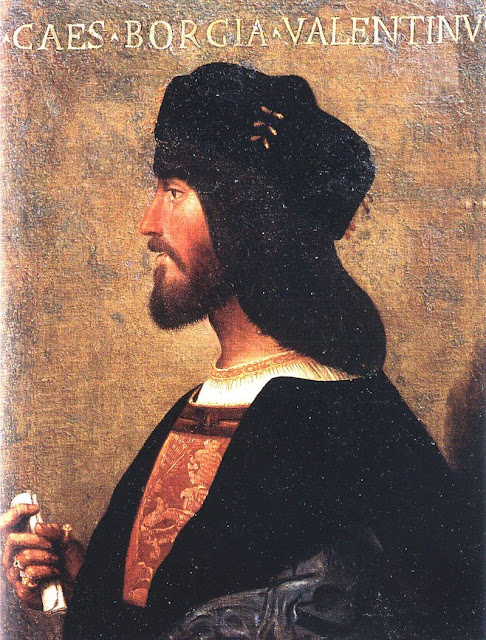Nazi Race Theory -The Philippine Study

From the first look, the photo seems to be a harmless pose with this group of "Aetas" and a German professor. But when closely scrutinized and identified, the German anthropologist was no other than Egon Freiherr von Eickstedt, one of the leading proponents of this racial theory glorified by Nazi Germany. In 1934 Egon Freiherr von Eickstedt published his work "Rassenkunde und Rass engeschichte der Menschheit" (Ethnology and the Race History of Mankind). He was closely identified with Hans F. K. Günther, considered as the Nazi party's racial theorist. In the late '30s, in a state-sponsored trip, von Eickstedt traveled to Asia and the Philippines for his study in the classification of human races. Arrested in 1946 by the Soviet Army, he was later released and was allowed to teach at the University of Leipzig. he continued to deny his Nazi label claiming that he was never accepted as a member of the party. Egon von Eickstedt is defined by many...






